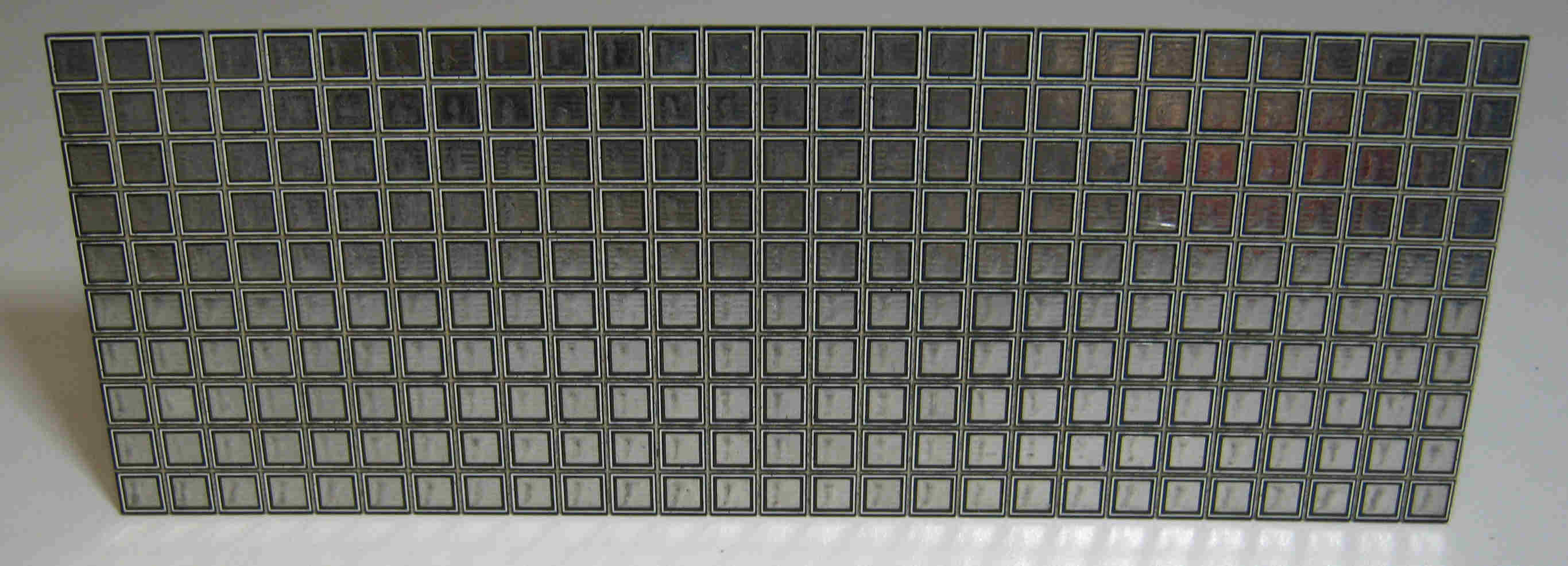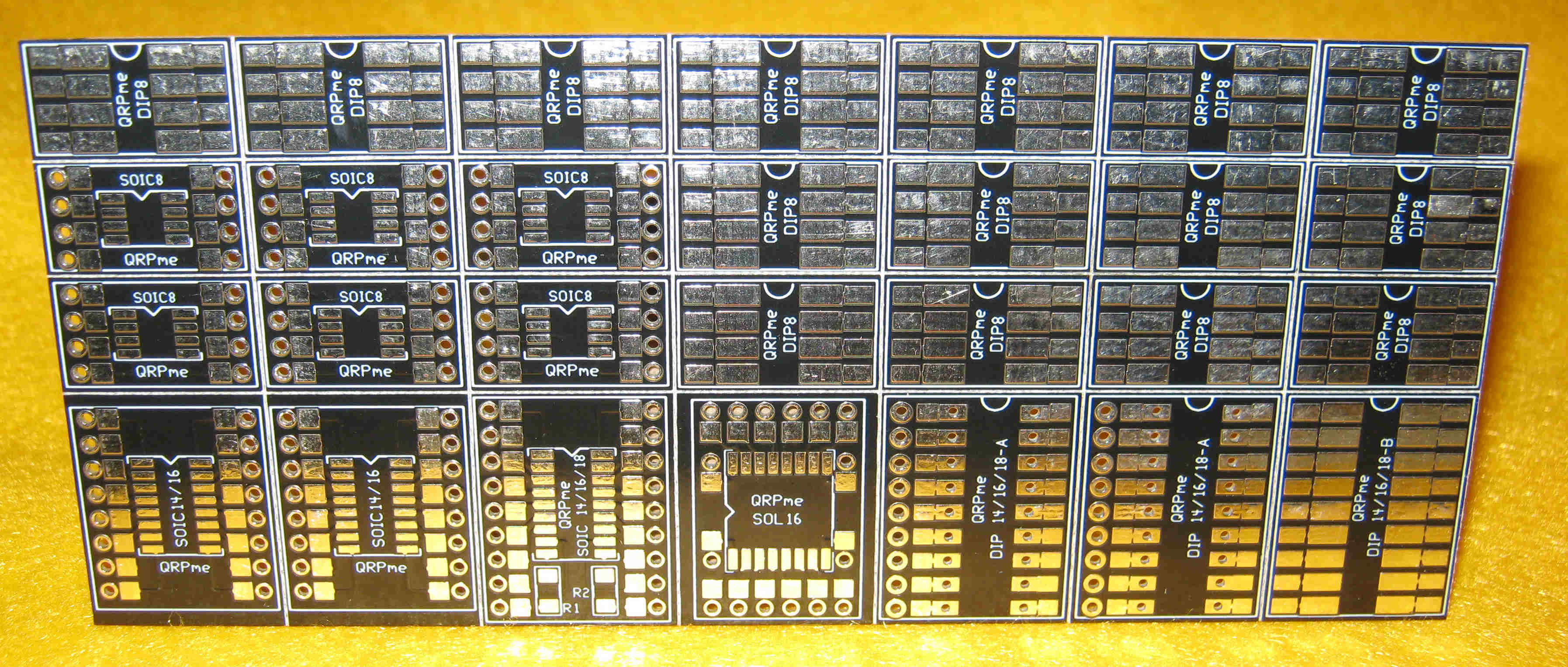Tickets may be obtained from http://www.oxfordplayhouse.com/ticketsoxford/?event=17386. The lunchtime concert is in the Jacqueline du Pre Music Building, Oxford starting at 1pm.
As the publicity says:
"Benefit concert for Multiple Sclerosis Society. Tim Lapthorn and his trio will play material from the forthcoming album, Transport (Pathway Records) which includes brand new original material. The group will also play reworkings of jazz/folk standards. Please come along to this very special event to help support a great cause!"See also http://www.st-hildas.ox.ac.uk/jdpevent/tim-lapthorn-trio-ms-fundraising-concert












